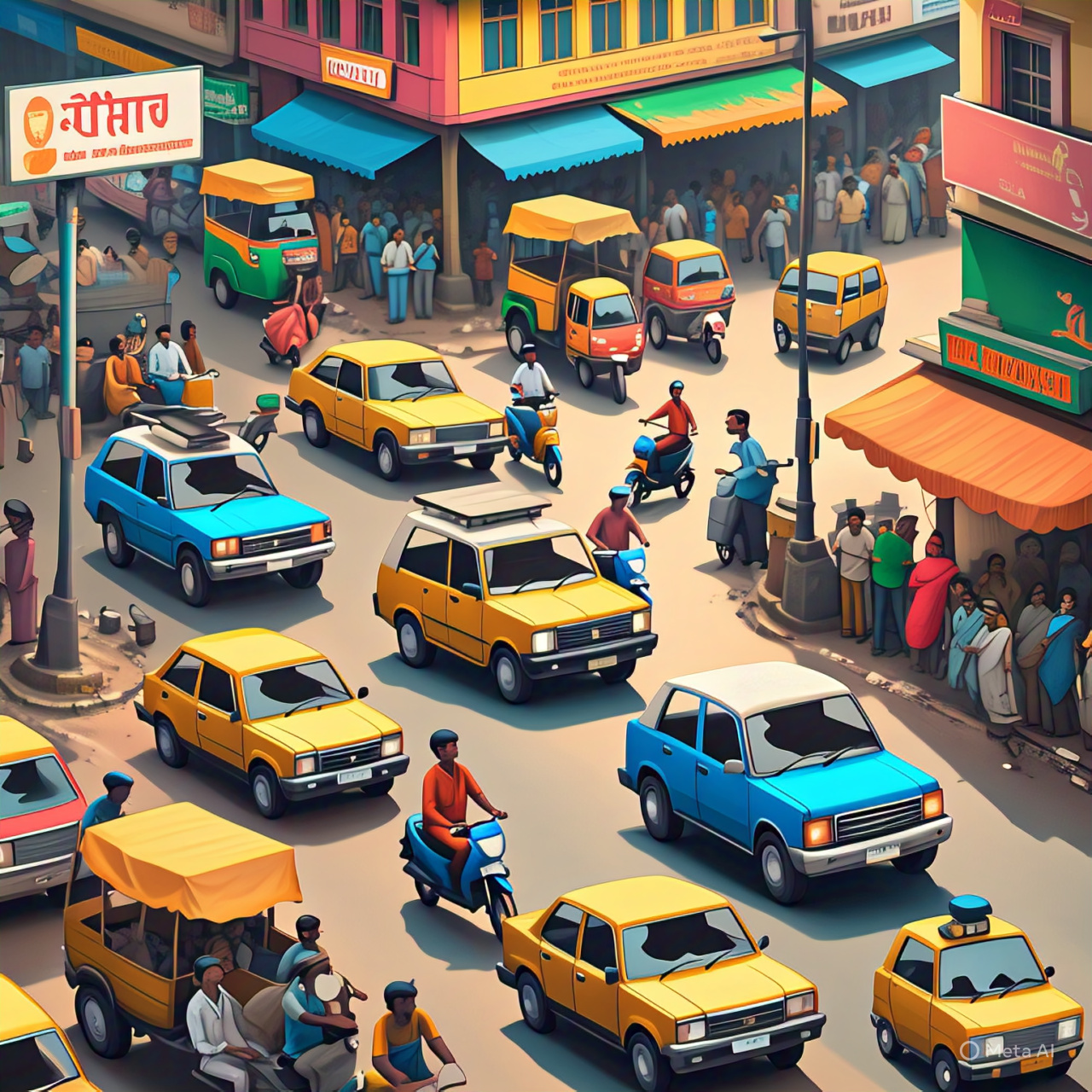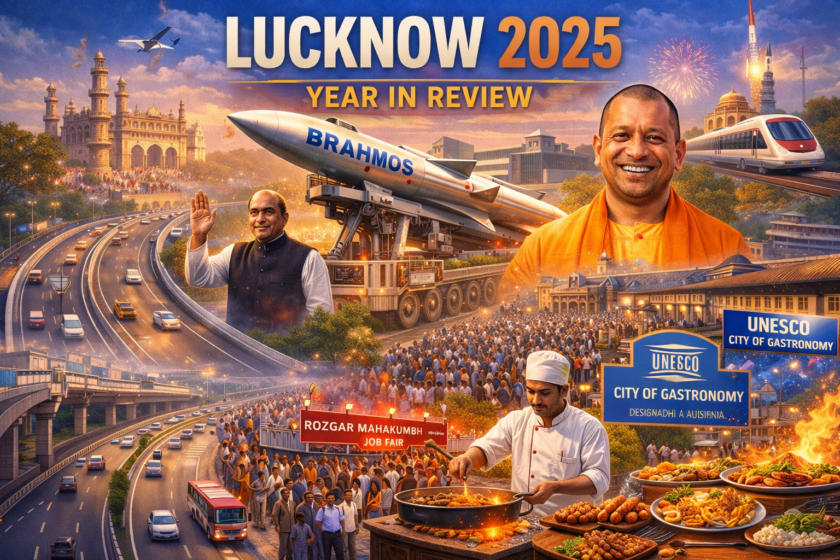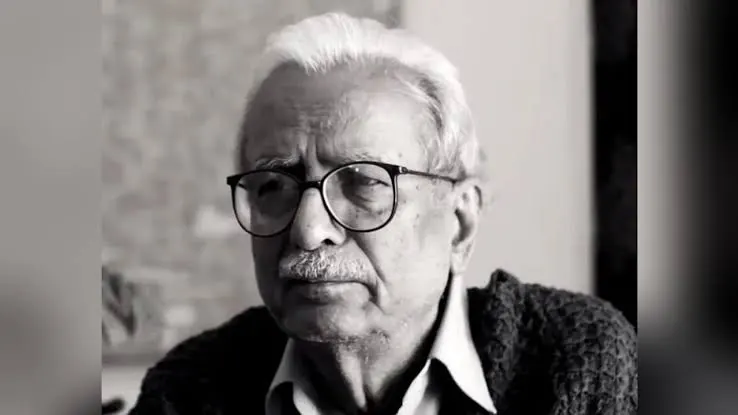Lucknow: Lucknow’s traffic is a daily nightmare, with clogged roads, rampant violations, and an e-challan system that locals say punishes the powerless while letting the influential slip away. The Uttar Pradesh capital, home to over 40 lakh people, struggles with ineffective traffic management, discriminatory police enforcement, and a glitchy payment system that frustrates residents. From broken online portals to selective ticketing, the city’s traffic woes paint a picture of systemic failure.
Traffic Out of Control
Lucknow’s roads are a chaotic blend of honking vehicles, reckless two-wheelers, and ignored signals. Major arteries like Hazratganj and Gomti Nagar choke during peak hours, with no visible police presence to manage flow. “It’s a free-for-all,” says Anil Kumar, a 42-year-old auto-rickshaw driver. “People jump signals, park anywhere, and nothing happens unless you’re a small guy.”
Despite CCTV cameras installed under the Lucknow Smart City initiative, violations like overspeeding and illegal parking go unchecked unless a camera captures them. The Uttar Pradesh Traffic Police’s e-challan system, meant to streamline enforcement, is underutilized, with only 500 cameras citywide, many non-functional, according to a 2024 municipal report.
Challans: A Police Formality
The e-challan system, introduced under the Motor Vehicles Act, 1988, was meant to curb violations transparently. Yet, locals call it a hollow exercise. “Challans are just paperwork for police,” says Priya Sharma, a 29-year-old schoolteacher fined Rs1,000 for not wearing a helmet. “I see fancy cars zip through red lights, but only people like me get caught.”
Fines for common offenses—Rs 500 for no helmet, Rs 2,000 for no-entry violations—are issued sporadically, often targeting two-wheelers and auto drivers. A 2025 Times of India report noted that 80% of Lucknow’s 1.2 lakh annual challans hit lower-income groups, while luxury vehicles rarely face scrutiny.
Big Fish Escape, Small Fry Pay

Allegations of bias in enforcement are rife. “If you’re connected, you don’t pay,” claims Rajesh Yadav, a 35-year-old shopkeeper who received a Rs 2,000 overspeeding challan. He recounts seeing a politician’s SUV, with a party flag, breeze past a checkpoint unchallenged.
Social media echoes this sentiment: a Reddit user, u/lucknowbiker, posted, “My friend’s uncle, a local neta, got three challans waived with one call. Meanwhile, my Rs 500 fine for no PUC is stuck in court.” Police deny favoritism, but a 2024 UP Police internal audit revealed 15% of challans were “resolved informally,” hinting at influence peddling.
Payment System: A Digital Dead End
Paying challans is a nightmare for Lucknow’s residents. The Parivahan portal, the primary online payment platform, is plagued by crashes and payment failures. “I tried paying my Rs 1,500 fine online for days, but the site kept timing out,” says Meena Gupta, a 50-year-old homemaker.
Offline options—visiting RTOs or police stations—are equally daunting, requiring long queues and multiple visits. The Park+ app, an alternative, often fails to sync with UP Traffic Police servers, leaving payments unconfirmed. A 2025 Acko report noted that 30% of Lucknow’s e-challan transactions fail due to server issues. Locals demand more payment options, like UPI integration or counters at post offices, but authorities have yet to act.
Lucknow’s traffic crisis demands urgent reform. Residents want functional cameras, unbiased enforcement, and a reliable payment system. “We’re not against fines, but make it fair and easy to pay,” says Anil Kumar. Until then, the city’s roads remain a lawless maze where the powerful ride free, and the rest bear the burden.





